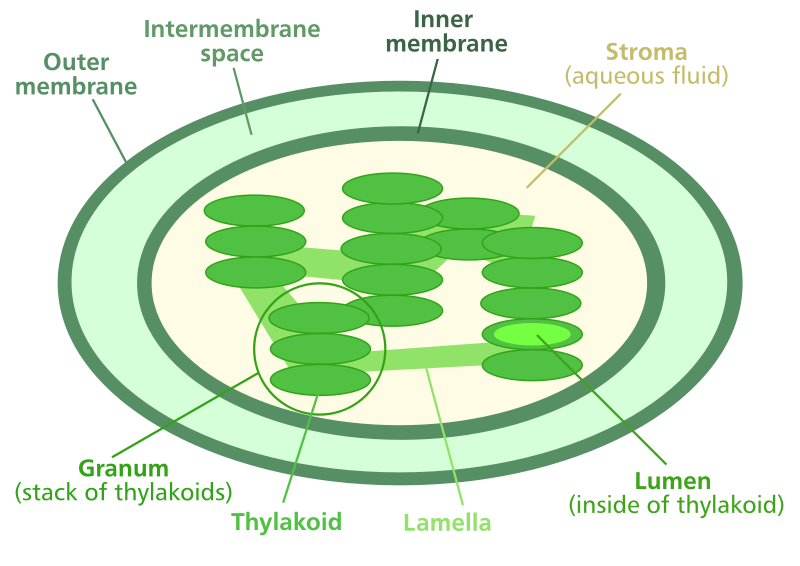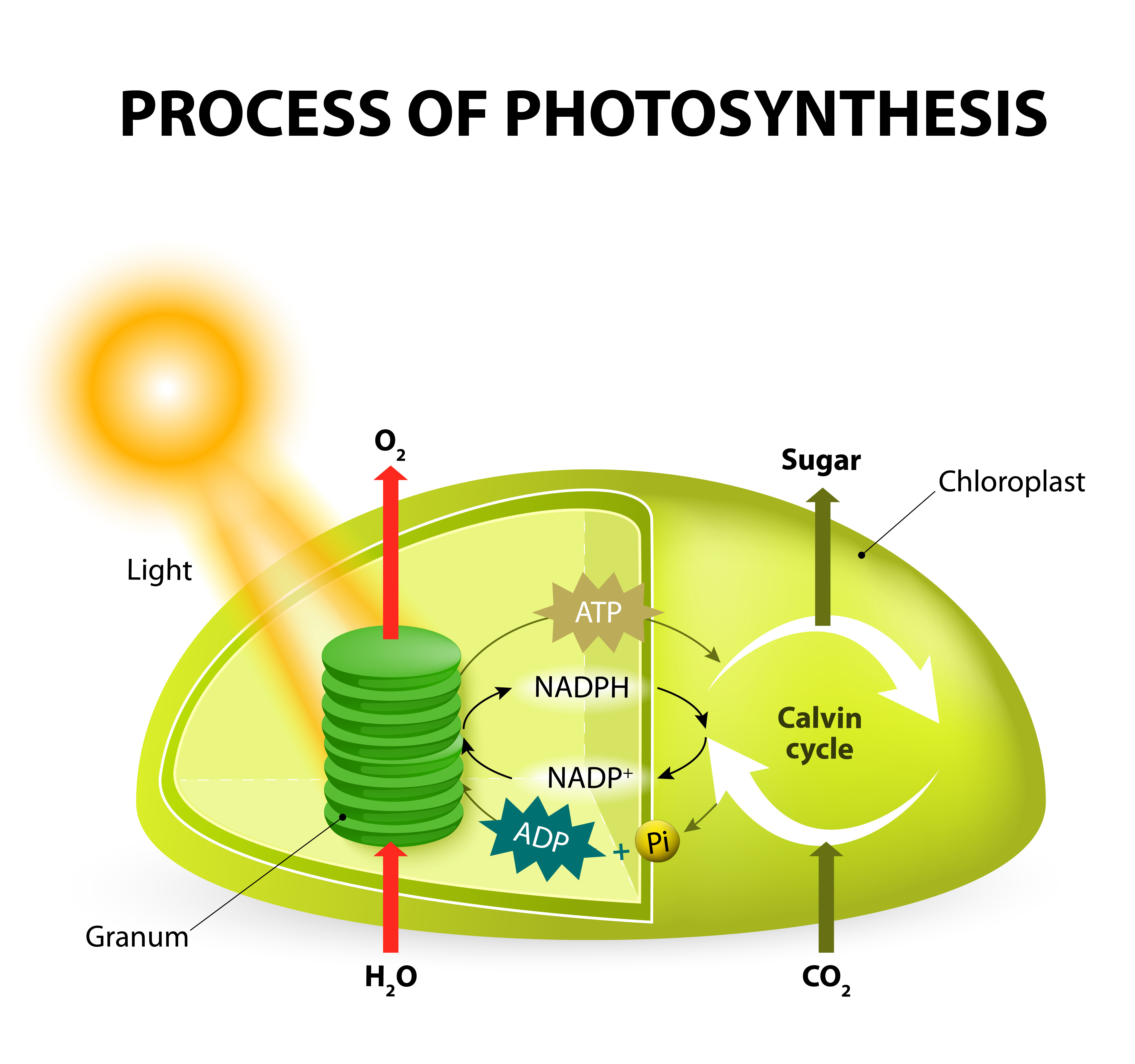What does the stroma do in chloroplast? The answer lies within the heart of plant cells, in the chloroplast, a tiny organelle responsible for photosynthesis. This intricate process converts sunlight into energy, providing sustenance for plants and, ultimately, for the entire planet. At the core of this vital process lies the stroma, a semi-fluid matrix that plays a crucial role in the complex dance of photosynthesis.
Imagine the stroma as a bustling factory within the chloroplast, where a symphony of biochemical reactions takes place. It’s a complex environment filled with enzymes, molecules, and other essential components that work together to convert carbon dioxide into sugars, the building blocks of life for plants. The stroma is where the Calvin Cycle, the second stage of photosynthesis, unfolds. This intricate process is responsible for fixing carbon dioxide, a key step in the production of glucose, the energy source for plants.
The Chloroplast
Imagine a tiny, green factory bustling with activity inside every plant cell. That’s the chloroplast, a remarkable organelle responsible for capturing sunlight and transforming it into energy that fuels the plant’s growth and survival.
The Importance of Photosynthesis
Photosynthesis is the process by which plants, algae, and some bacteria use sunlight, carbon dioxide, and water to create their own food – glucose, a type of sugar – and release oxygen as a byproduct. This process is crucial for life on Earth, as it provides the primary source of energy for most ecosystems.
The Chloroplast’s Structure
The chloroplast is a complex organelle with several distinct compartments:* Outer membrane: This protective layer surrounds the chloroplast, regulating the flow of substances in and out.
Inner membrane
Inside the outer membrane lies the inner membrane, which encloses the chloroplast’s internal space.
Stroma
The stroma is a gel-like substance filling the space between the inner membrane and the thylakoids. It contains enzymes and other molecules essential for photosynthesis.
Thylakoids
These flattened, sac-like structures are stacked into columns called grana. They are the sites of light-dependent reactions, where light energy is captured and converted into chemical energy.
Grana
These stacks of thylakoids are connected by interconnecting membranes called lamellae, allowing for efficient energy transfer.
The stroma is the site of the Calvin cycle, a series of biochemical reactions that use carbon dioxide and energy from light-dependent reactions to produce glucose.
Unveiling the Stroma

Imagine a bustling city filled with factories, bustling with activity, where the production of essential nutrients takes place. That’s the stroma, the inner space of a chloroplast, a vital component in the process of photosynthesis.
The Stroma’s Physical Characteristics, What does the stroma do in chloroplast
The stroma is a semi-fluid matrix that fills the space between the thylakoid membranes. It’s a complex mixture of enzymes, proteins, and other molecules, all working together to carry out the crucial processes of photosynthesis. Think of it as a dense, viscous soup, rich in the ingredients needed for life.
The Stroma’s Role in Biochemical Processes
The stroma is the site of many important biochemical reactions, acting as a hub for metabolic activity. It houses enzymes responsible for crucial processes like:
- Carbon fixation: The process where carbon dioxide from the atmosphere is converted into sugars, providing the building blocks for plant growth.
- Synthesis of amino acids: The essential components of proteins, crucial for various functions within the plant.
- Synthesis of fatty acids: Important for energy storage and membrane formation.
- Synthesis of starch: A storage form of energy, readily available when needed.
The Stroma’s Role in the Calvin Cycle
The Calvin cycle, also known as the light-independent reactions, is a series of biochemical reactions that occur in the stroma. It’s the process where carbon dioxide is converted into glucose, the primary source of energy for plants. The stroma provides the necessary environment for this process, housing the enzymes and molecules involved in the Calvin cycle.
The Calvin cycle is a cyclical process that uses the energy captured during the light-dependent reactions to convert carbon dioxide into glucose.
The Stroma’s Crucial Role in Photosynthesis: What Does The Stroma Do In Chloroplast

The stroma, the gel-like matrix within the chloroplast, plays a vital role in the intricate process of photosynthesis. While the light-dependent reactions capture light energy and convert it into chemical energy in the form of ATP and NADPH, the stroma is where the carbon-fixing reactions occur, utilizing this energy to synthesize sugars from carbon dioxide. This crucial process is known as the Calvin cycle.
The Calvin Cycle: Building Sugars from Carbon Dioxide
The Calvin cycle, also known as the light-independent reactions, is a series of biochemical reactions that occur within the stroma. It is named after Melvin Calvin, who, along with his colleagues, elucidated the cycle’s intricate steps in the 1950s. This cycle is the heart of photosynthesis, where carbon dioxide from the atmosphere is incorporated into organic molecules, ultimately producing glucose, the primary energy source for most living organisms.The Calvin cycle can be broadly divided into three stages:
- Carbon Fixation: The cycle begins with the enzyme Rubisco, which catalyzes the attachment of carbon dioxide to a five-carbon sugar called ribulose bisphosphate (RuBP). This reaction forms an unstable six-carbon compound that quickly breaks down into two molecules of 3-phosphoglycerate (3-PGA), a three-carbon molecule.
- Reduction: The 3-PGA molecules are then reduced to glyceraldehyde 3-phosphate (G3P) using ATP and NADPH generated during the light-dependent reactions. This reduction step involves the addition of electrons and hydrogen ions, effectively storing energy from the sunlight.
- Regeneration: Some of the G3P molecules are used to synthesize glucose, while others are recycled to regenerate RuBP, the starting molecule of the cycle. This regeneration process requires ATP and involves a series of complex reactions that ensure the continuous operation of the Calvin cycle.
Utilizing Energy from Light-Dependent Reactions
The Calvin cycle, although light-independent, is critically dependent on the energy produced during the light-dependent reactions. ATP, the energy currency of the cell, is used to drive the reduction of 3-PGA to G3P. NADPH, a reducing agent, provides the electrons needed for this reduction step. These molecules, generated by the light-dependent reactions, are essentially the fuel that powers the Calvin cycle, allowing it to convert carbon dioxide into sugars.
Key Enzymes and Molecules in the Stroma
The stroma is a bustling hub of enzymatic activity, housing numerous enzymes and molecules essential for photosynthesis.
- Rubisco: This enzyme, arguably the most abundant protein on Earth, is responsible for the crucial carbon fixation step in the Calvin cycle. It catalyzes the attachment of carbon dioxide to RuBP, initiating the synthesis of sugars.
- Ribulose Bisphosphate Carboxylase/Oxygenase (Rubisco): This enzyme is responsible for the first step of carbon fixation, where carbon dioxide is incorporated into RuBP.
- Phosphoglycerate Kinase: This enzyme catalyzes the conversion of 3-PGA to 1,3-bisphosphoglycerate, a crucial step in the reduction phase of the Calvin cycle.
- Glyceraldehyde 3-Phosphate Dehydrogenase: This enzyme catalyzes the reduction of 1,3-bisphosphoglycerate to G3P, utilizing NADPH and ATP.
- Fructose 1,6-Bisphosphatase: This enzyme plays a crucial role in the regeneration of RuBP, catalyzing the conversion of fructose 1,6-bisphosphate to fructose 6-phosphate.
The Stroma’s Connection to Other Chloroplast Components

The stroma isn’t a solitary entity within the chloroplast. It’s intricately linked with other vital components, forming a dynamic network that underpins photosynthesis. Let’s explore these connections.
The Stroma’s Relationship with Thylakoid Membranes
The stroma bathes the thylakoid membranes, creating a close physical proximity. This relationship is crucial for the seamless flow of energy and molecules during photosynthesis. The thylakoid membranes are the sites of light-dependent reactions, where sunlight is captured and converted into chemical energy. This energy, in the form of ATP and NADPH, is then transported to the stroma, where it fuels the light-independent reactions.
The stroma provides a medium for the movement of these energy carriers, facilitating the transfer of energy from the thylakoid membranes to the Calvin cycle enzymes.
The Stroma’s Role in Molecular Transport
The stroma acts as a central hub for the movement of molecules between different chloroplast compartments. It’s a dynamic environment where molecules like sugars, amino acids, and lipids are synthesized, transported, and utilized.
The Stroma’s Connection to the Outer and Inner Membranes
The stroma is enclosed by the chloroplast’s outer and inner membranes. These membranes act as selective barriers, controlling the passage of molecules into and out of the stroma. The outer membrane is permeable to small molecules, while the inner membrane is more selective, regulating the transport of larger molecules. This selective permeability ensures that the stroma maintains the optimal conditions for its metabolic processes.
The stroma’s connection to the outer and inner membranes allows for the import of necessary nutrients and the export of synthesized products, maintaining a dynamic equilibrium within the chloroplast.
The Stroma’s Significance in Plant Growth and Development
The stroma, the gel-like matrix within chloroplasts, plays a crucial role in plant growth and development by providing essential building blocks and nutrients. Its dynamic environment, filled with enzymes and other molecules, facilitates the intricate processes that underpin plant life.
The Stroma’s Contribution to Building Blocks for Plant Growth
The stroma is a hub for biosynthesis, where essential organic molecules are produced.
- Carbohydrate Synthesis: The stroma is the site of the Calvin cycle, a key part of photosynthesis. During this process, carbon dioxide from the atmosphere is converted into glucose, a fundamental sugar that serves as the primary source of energy for plant growth. The stroma houses the enzymes necessary for this conversion, ensuring a continuous supply of glucose for the plant’s metabolic needs.
- Amino Acid Production: The stroma also houses the enzymes required for the synthesis of amino acids, the building blocks of proteins. These proteins are essential for various cellular functions, including growth, repair, and defense. The stroma’s ability to produce amino acids ensures the plant has the necessary materials for protein synthesis, vital for its overall development.
- Lipid and Fatty Acid Synthesis: The stroma plays a role in the synthesis of lipids and fatty acids, which are essential components of cell membranes and energy storage. These molecules contribute to the structural integrity of plant cells and provide a reservoir of energy for the plant.
The stroma’s importance in photosynthesis cannot be overstated. It acts as the central hub for carbon fixation, a process that underpins the very foundation of life on Earth. Understanding the intricate workings of the stroma sheds light on the remarkable efficiency of plant cells, allowing us to appreciate the complexity and beauty of the natural world. From the microscopic level of the stroma to the grand scale of ecosystems, the interconnectedness of life is truly awe-inspiring.
Helpful Answers
What are the key enzymes present in the stroma?
The stroma contains a variety of enzymes crucial for the Calvin Cycle, including RuBisCO (ribulose-1,5-bisphosphate carboxylase/oxygenase), which catalyzes the first step of carbon fixation. Other important enzymes include phosphoribulokinase, glyceraldehyde-3-phosphate dehydrogenase, and fructose-1,6-bisphosphatase.
How does the stroma contribute to plant growth?
The stroma plays a vital role in plant growth by providing the building blocks for new cells. The sugars produced during carbon fixation are used to synthesize carbohydrates, lipids, and proteins, essential components for plant development.
What is the relationship between the stroma and the thylakoid membranes?
The thylakoid membranes are embedded within the stroma and are the sites of the light-dependent reactions of photosynthesis. The stroma provides a pathway for the movement of molecules between the thylakoids and the rest of the chloroplast, facilitating the flow of energy and materials needed for photosynthesis.






